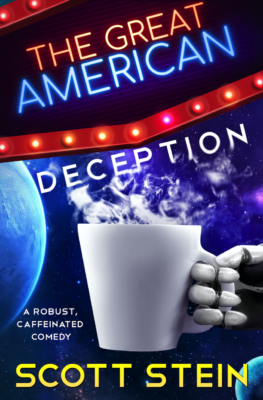
Digitalk and the surprise of summer literacy
Summer’s here, and the battle against literacy apathy and attrition can be renewed. Now the enemy forces of Screen have added Fortnite to their mix. Also, it’s a World Cup year.
You can almost hear the slosh of goo between their ears as they sink into their couches.
Not so fast.
This summer, our kids will be a writing a ton. They’ll be reading a lot. We might if not encourage then at least recognize what they are doing.
As researcher and teacher Kristen Hawley Turner writes in “Think Your Kids Aren’t Writing This Summer? Think Again” on the blog Teachers, Profs, Parents: Writers Who Care, teens author many of the billions of digital messages sent each day. She calls this digitalk, which “blends elements of Standard Written English with shortcuts, phonetic spellings, and other manipulations of language” into a new language that combines conversation and the written word. Of course, as with all languages, digitalk is best “understood by those who use it most.”
This isn’t one these oh-well-we’ve-lost-so-might-as-well-eat-it arguments. As Turner says, “Research supports the idea that digitalk experimentation can help children to develop their literacy skills.” So we’re not just giving in. It appears, based on her own research and that of many others, students are in fact developing and practicing literacy through their devices.
Sure, there are other problems with Screen. The virtual world in which many children spend most of their time, can, as we all know, be socially and psychologically damaging and destructive. And too many kids don’t get off the couch and move around enough.
But as technology integration specialist Nikki Schafer writes in an EdSurge article, while screentime has many associated woes, “not all screen time is created equal.”
Turner raises the provocative point that when kids are young, proud adults “celebrate their creativity.” Think about those early pictures you and grandma have hanging on the wall or filed somewhere. “At some point, however,” she says, “we forget that experimentation and play are part of creativity. We expect teenagers to adhere to rules that limit them in their schoolwork–and often in their lives outside of school.”
Digitalk, she suggests, is one of the ways “adolescents find their own outlets for creativity.” Parents and educators “might look at the strengths inherent in this type of composing.”
Although though I know better (having written pieces such as the satirical chapter “Texting Ruins Students’ Grammar Skills” for the satirical book Bad Ideas about Writing) I have worried in the past, even in this space, about literacy.
But in terms of that literacy, Hawley writes that “parents can applaud the fact that teenagers will likely be writing throughout the summer.” While she says we, adults, might not understand it all, “we can appreciate that they are communicating with attention to audience, purpose, and voice in an authentic way.”
“Audience, purpose, and voice” – the core of rhetoric. Using their new technologies, these students have found ways to do deal with these age-old foundations.
So grit your teeth and try to do that simple thing: Figuring out when they’ve spent too much times on the screen. I’ve got three teenagers, and two boys immersed in Fortnite.
So does that mean when they peck out a little one-liner gibing some Fortnite foe that I’m supposed to say, “Hail, literacy!”
Well, no one ever said it was going to be easy.
Latest posts by Scott Warnock (Posts)
- Competitive disparity has sapped my interest in NJ high school wrestling - March 16, 2025
- Bros want control, responsibility–let’s make some abortion laws to help ‘em - December 19, 2024
- The NFL is here and my kids finally care - September 27, 2024
- Who really won the Olympics? - August 30, 2024
- Watching the Olympics is good for you–AND Flavor Flav’s on board? - July 26, 2024
 Print This Post
Print This Post




Discussion Area - Leave a Comment